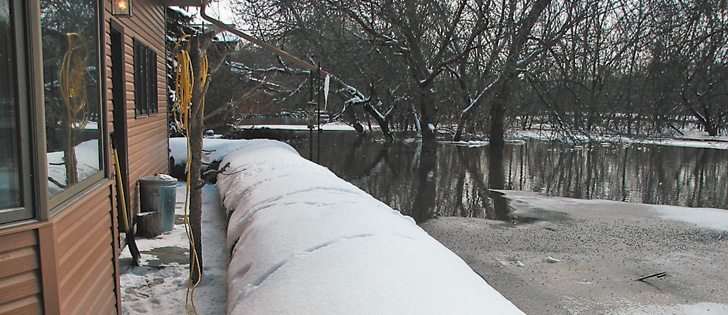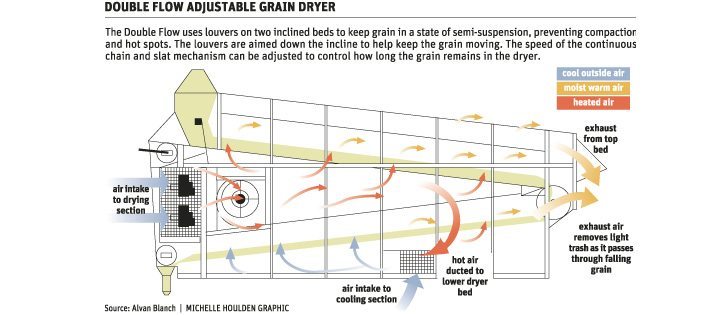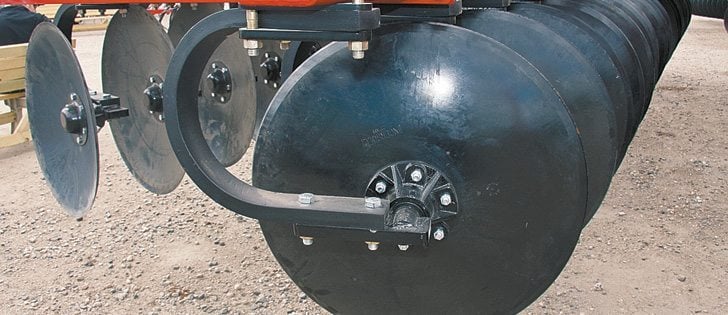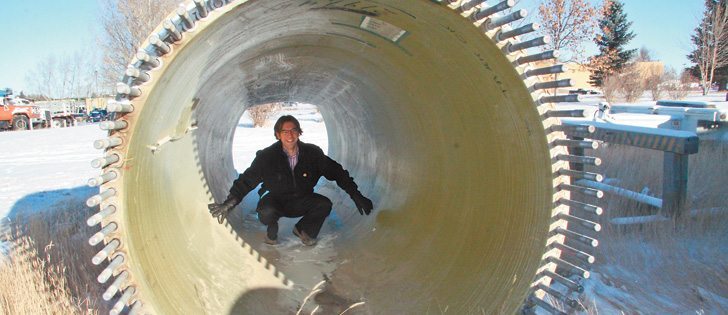Better than sandbags | Cheaper and faster to build, the water-filled poly dams resist erosion
Prairie flooding has caused millions of dollars in damage to farmsteads, towns and rural homes in recent years.
In many cases, flood waters rose faster than sandbag or clay dikes could be erected.
The crisis worsened as the cost of building a proper dike caused delays in decision-making. As well, the clay required to build a decent dike often wasn’t available within reasonable trucking distance.
And all too often, says Richard Thomas, sandbag dikes didn’t work.
Thomas knows what he’s talking about.
Read Also
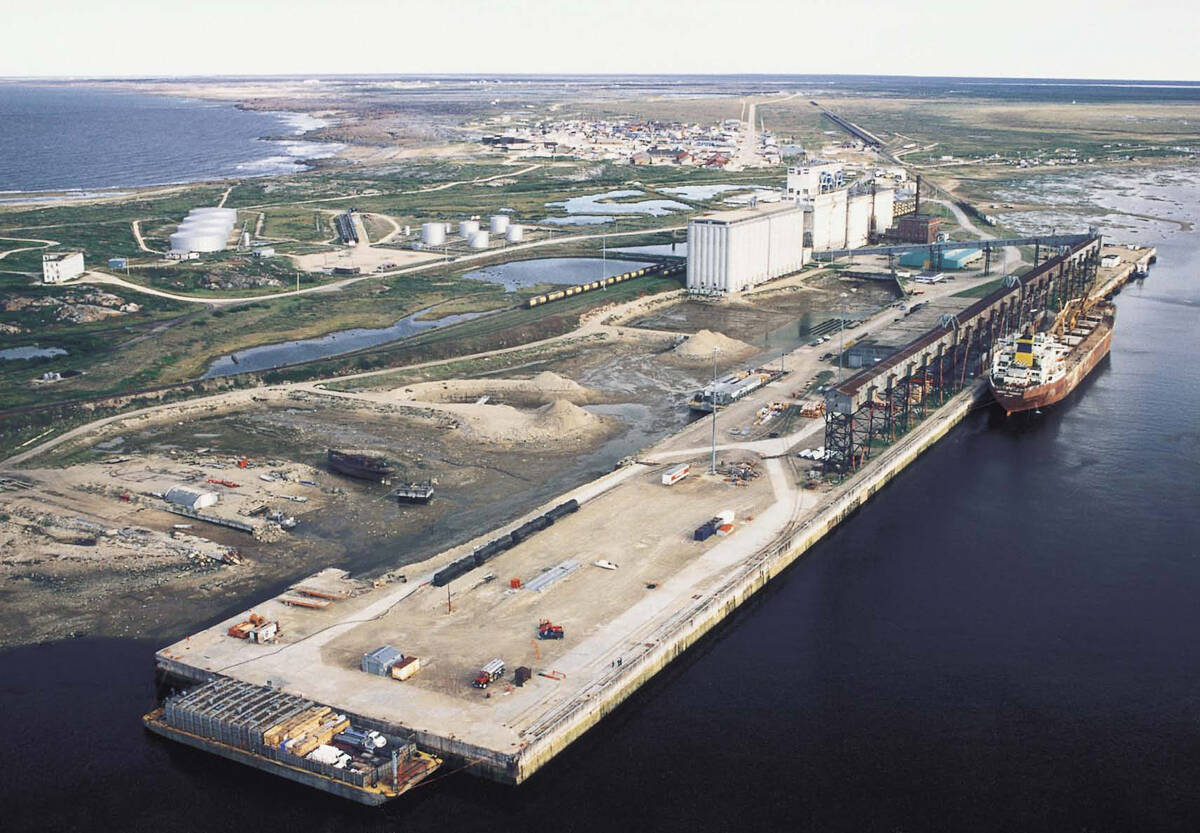
Defence investments could benefit agriculture
A bump in Canada’s NATO spending commitments could lead to infrastructure investments that would benefit rural areas
He saved his rural North Dakota home from flood damage in 2009, 2010 and 2011 by surrounding it with a three-foot high water-filled AquaDam.
Thomas heard about AquaDam just days before the record 2009 flood waters reached the small subdivision where he lives south of Fargo. He bought enough AquaDam tubing to protect his home.
Since that flood, half the homes in his subdivision have been torn down because of flood damage. That prompted Thomas to become a part-time AquaDam representative.
AquaDam is a California company specializing in designing and manufacturing water-filled temporary coffer dams for construction along waterways, environmental projects and flood mitigation.
The basic concept is that if firefighters use fire to fight fire, then water control engineers can use water to control water.
AquaDam says its water-filled poly dams can be built 95 percent faster than a sandbag dike for 90 percent the labour costs.
Water often makes a shambles out of dikes built of clay, sandbags, concrete or stone. However, water seems to resist the erosive efforts of flowing flood water.
“Ten houses in our subdivision put up sandbag dikes in 2009. Nine of them flooded when the sandbag dikes gave out. Five of those nine homes have since been demolished because of structural damage from the flood. When my wife and I filled our 250 foot long ring dike around our house, it only took about three hours of pumping water,” he said.
“It measured three feet high and seven feet wide at the base. I just pumped in Red River flood water that was coming in at a lower part of the yard.”
Thomas said the three-foot high AquaDam sells for $23 per linear foot. His dike cost $5,750.
He already had all the necessary pumps and hoses, so that cost was a wash. He used a pair of five horsepower pumps to fill the 30,000 gallon tube.
He dug two small sump holes inside the dike perimeter and fitted them with five gallon plastic buckets. He put a 1/6 h.p. sump pump in each. There was so little seepage that the pumps were spitting air most of the time.
“We saved the house three consecutive years, so we think $5,750 is pretty cheap protection.”
When flood waters subside, they pull the plug at one end and start rolling up the tube from the other end.
“We estimate there’s not more than a couple quarts of water left once it’s all rolled up. There’s no need to completely dry it or air it out because it’s all poly inside, so you can store it indefinitely.”
Thomas said the tube can stay outdoors for months at a time because the outer shell is a ultraviolet resistant fabric.
The tube doesn’t float away when full because of a thick master tube on the outside.
“It’s a heavy plastic geo-tech canvas type of fabric,” he said. “On the inside, there’s two polyethylene tubes, so the whole AquaDam is twice as wide as it is tall. For example, a four-foot high dam is eight feet wide at the base. The mass of the stationary water captured inside, along with the width factor, holds the tube in place.”
According to AquaDam’s promotional material, friction between the master tube and the inner tubes results in a solid non-rolling wall of contained water that automatically adjusts to the bottom terrain. This is why the AquaDam allows so little seepage.
However, the AquaDam only holds back water that’s 75 to 80 percent the height of the tube.
“For example, the four foot high AquaDam will only hold back three feet of water without shifting,” said Thomas. “It will not hold back water that’s as high as the AquaDam itself.”
AquaDam comes in lengths up to 1,000 feet and 12-feet high. Tubes of the same height can be joined together to form longer dikes.
Potential uses includes temporary river or stream diversions, coffer dams for construction, emergency control of mudslides, flood control and Haz-Mat situations involving dangerous liquids.
For more information, contact Thomas at 701-237-0125 or visit www.aquadam.com.


